Psychometric Assessments
Built on the globally trusted and authentic APA DSM-5-TR Online Assessment Measures for accurate and reliable insights

Level 1 Parent/Guardian-Rated Cross-Cutting Symptom Measure-Child Age 6-17
This assessment will deal with the child's behavior over the past 2 weeks. Please answer each question based on the child's behavior during this time period. If you are not sure how to answer a question, please give the best answer you can.

Level 1 Self-Rated Cross-Cutting Symptom Adult
This assessment will deal with your behavior over the past 2 weeks. Please answer each question based on your behavior during this time period. If you are not sure how to answer a question, please give the best answer you can.

Level 1 Self-Rated Cross-Cutting Symptom Measure-Child Age 11-17
This assessment will deal with your behavior over the past 2 weeks. Please answer each question based on your behavior during this time period. If you are not sure how to answer a question, please give the best answer you can.

Level 2 Depression Adult
This assessment will deal with your behavior over the past 7 days. Please answer each question based on your behavior during this time period. If you are not sure how to answer a question, please give the best answer you can.

Level 2-Anger-Adult
This assessment will deal with your behavior over the past 7 days. Please answer each question based on your behavior during this time period. If you are not sure how to answer a question, please give the best answer you can.

Level 2-Mania-Adult
This assessment will deal with your behavior over the past 7 days. Please answer each question based on your behavior during this time period. If you are not sure how to answer a question, please give the best answer you can.

Level 2 Anxiety Adult
This assessment will deal with your behavior over the past 7 days. Please answer each question based on your behavior during this time period. If you are not sure how to answer a question, please give the best answer you can.

Level 2-Somatic Symptom-Adult
This assessment will deal with your behavior over the past 7 days. Please answer each question based on your behavior during this time period. If you are not sure how to answer a question, please give the best answer you can.

Level 2-Sleep Problems-Adult
This assessment will deal with your behavior over the past 7 days. Please answer each question based on your behavior during this time period. If you are not sure how to answer a question, please give the best answer you can.

Level 2 Repetitive Thoughts-Adult
This assessment will deal with your behavior over the past 7 days. Please answer each question based on your behavior during this time period. If you are not sure how to answer a question, please give the best answer you can.

Level 2-Substance Use-Adult
This assessment will deal with your behavior over the past 7 days. Please answer each question based on your behavior during this time period. If you are not sure how to answer a question, please give the best answer you can.
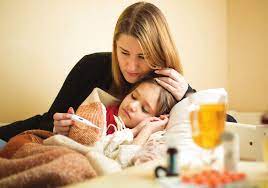
Level 2-Somatic Symptom-Parent/Guardian of Child Age 6-17
This assessment will deal with your behavior over the past 7 days. Please answer each question based on your behavior during this time period. If you are not sure how to answer a question, please give the best answer you can.
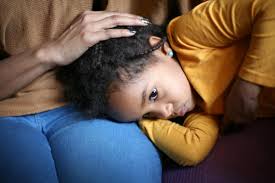
Level 2-Sleep Problems-Parent/Guardian of Child Age 6-17
This assessment will deal with your behavior over the past 7 days. Please answer each question based on your behavior during this time period. If you are not sure how to answer a question, please give the best answer you can.

Level 2-Inattention-Parent/Guardian of Child Age 6-17
This assessment will deal with your child's behavior over the past 7 days. Please answer each question based on your child's behavior during this time period. If you are not sure how to answer a question, please give the best answer you can.

Level 2-Depression-Parent/Guardian of Child Age 6-17
This assessment will deal with your child's behavior over the past 7 days. Please answer each question based on your child's behavior during this time period. If you are not sure how to answer a question, please give the best answer you can.

Level 2-Anger-Parent/Guardian of Child Age 6-17
This assessment will deal with your child's behavior over the past 7 days. Please answer each question based on your child's behavior during this time period. If you are not sure how to answer a question, please give the best answer you can.
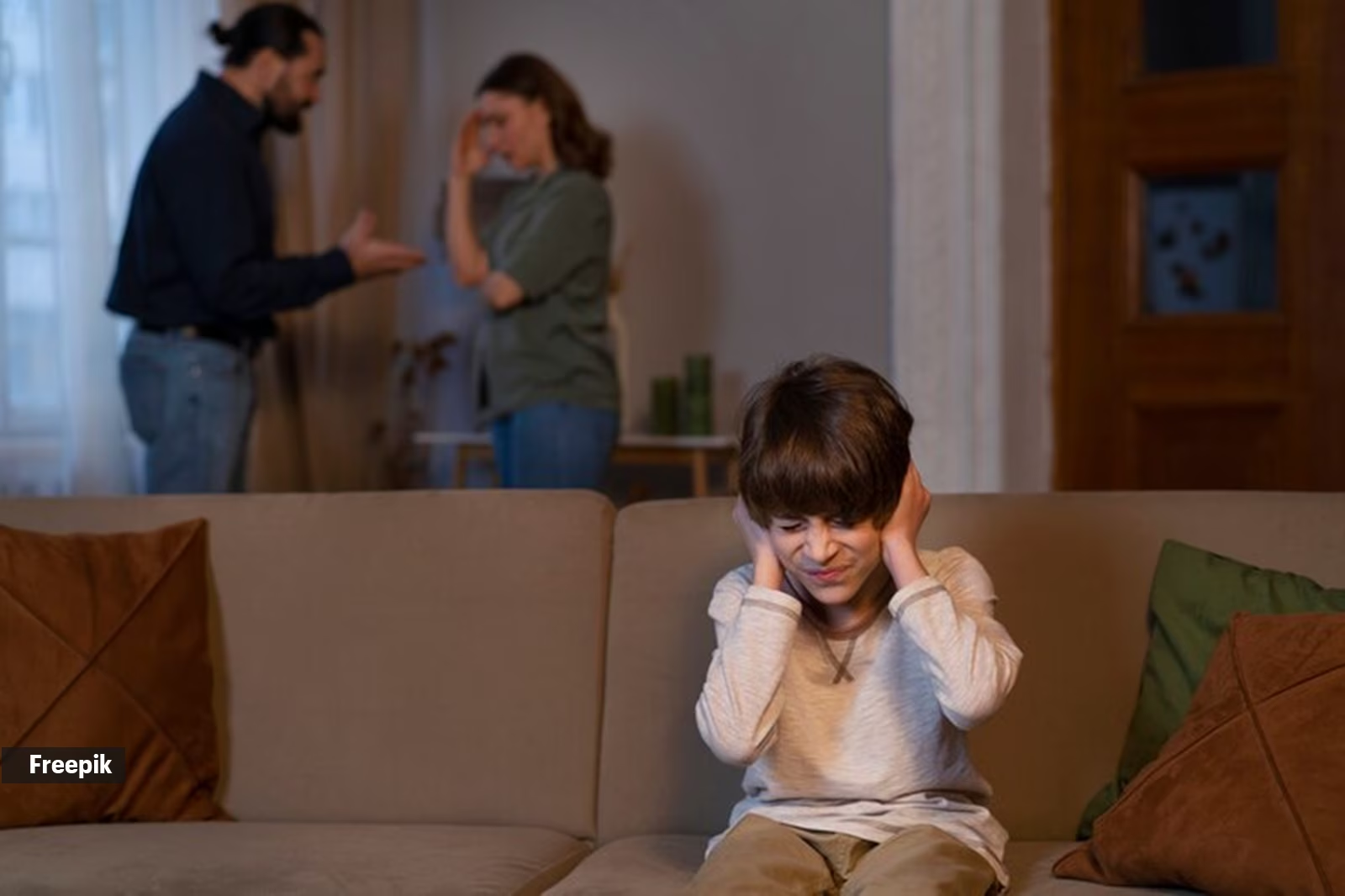
Level 2-Irritability-Parent/Guardian of Child Age 6-17
This assessment will deal with your child's behavior over the past 7 days. Please answer each question based on your child's behavior during this time period. If you are not sure how to answer a question, please give the best answer you can.
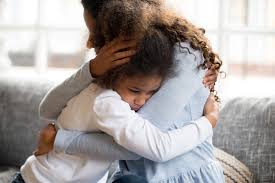
Level 2-Mania-Parent/Guardian of Child Age 6-17
This assessment will deal with your behavior over the past 7 days. Please answer each question based on your behavior during this time period. If you are not sure how to answer a question, please give the best answer you can.
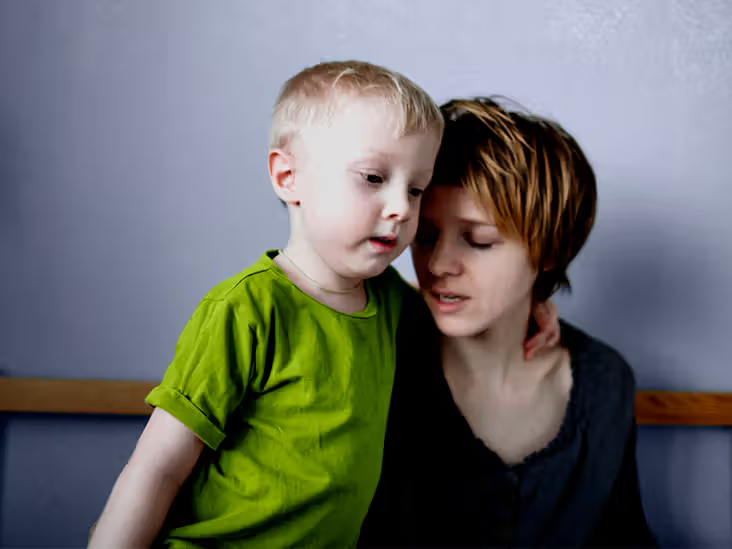
Level 2-Anxiety-Parent/Guardian of Child Age 6-17
This assessment will deal with your child's behavior over the past 7 days. Please answer each question based on your child's behavior during this time period. If you are not sure how to answer a question, please give the best answer you can.
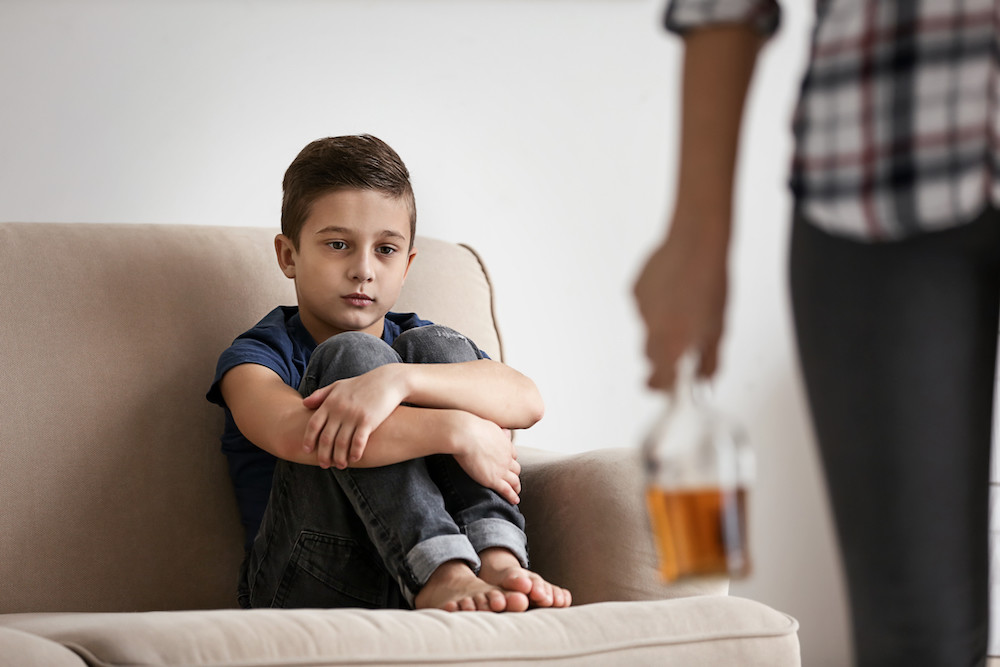
Level 2-Substance Use-Parent/Guardian of Child Age 6-17
This assessment will deal with your behavior over the past 7 days. Please answer each question based on your behavior during this time period. If you are not sure how to answer a question, please give the best answer you can.
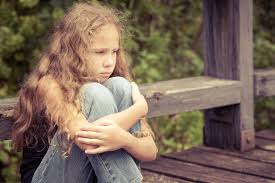
Level 2-Somatic Symptom-Child Age 11-17
This assessment will deal with your behavior over the past 7 days. Please answer each question based on your behavior during this time period. If you are not sure how to answer a question, please give the best answer you can.

Level 2-Sleep Problems-Child Age 11-17
This assessment will deal with your behavior over the past 7 days. Please answer each question based on your behavior during this time period. If you are not sure how to answer a question, please give the best answer you can.

Level 2-Depression-Child Age 11-17
This assessment will deal with your child's behavior over the past 7 days. Please answer each question based on your child's behavior during this time period. If you are not sure how to answer a question, please give the best answer you can.

LEVEL 2—Anger—Child Age 11–17
This assessment will deal with your child's behavior over the past 7 days. Please answer each question based on your child's behavior during this time period. If you are not sure how to answer a question, please give the best answer you can.

Level 2-Irritability-Child Age 11-17
This assessment will deal with your child's behavior over the past 7 days. Please answer each question based on your child's behavior during this time period. If you are not sure how to answer a question, please give the best answer you can.

Level 2-Mania-Child Age 11-17
This assessment will deal with your behavior over the past 7 days. Please answer each question based on your behavior during this time period. If you are not sure how to answer a question, please give the best answer you can.
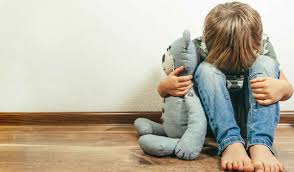
Level 2-Anxiety-Child Age 11-17
This assessment will deal with your child's behavior over the past 7 days. Please answer each question based on your child's behavior during this time period. If you are not sure how to answer a question, please give the best answer you can.
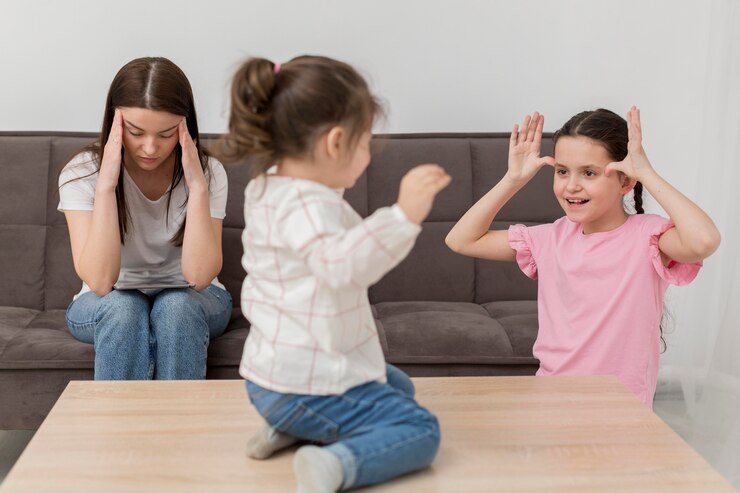
Level 2-Repititive Thoughts and Behaviours Child Age 11-17
This assessment will deal with your child's behavior over the past 7 days. Please answer each question based on your child's behavior during this time period. If you are not sure how to answer a question, please give the best answer you can.
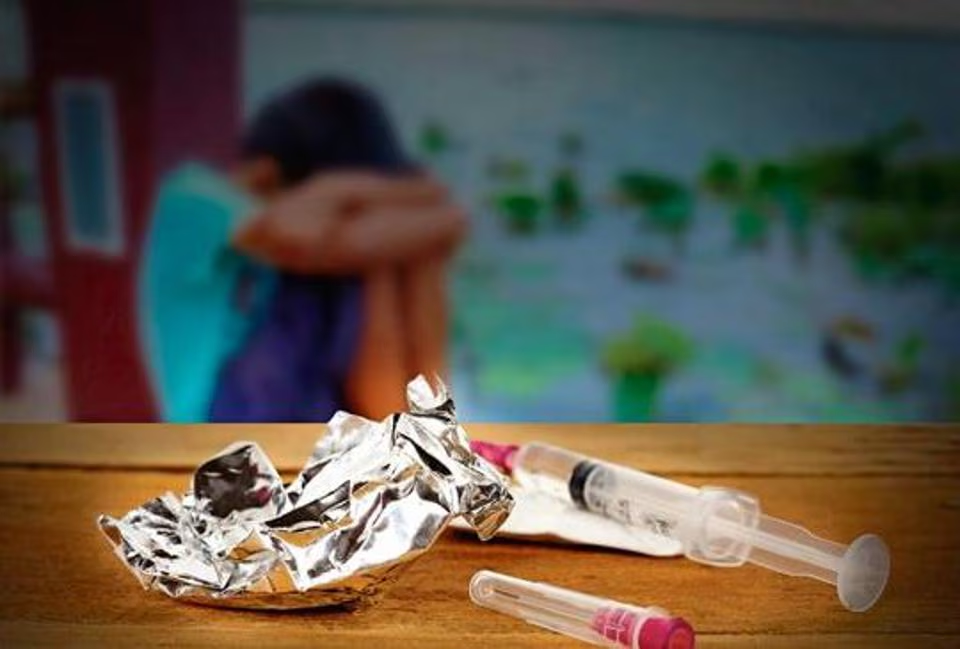
Level 2-Substance Use-Child Age 11-17
This assessment will deal with your behavior over the past 7 days. Please answer each question based on your behavior during this time period. If you are not sure how to answer a question, please give the best answer you can.

Severity Measure for Depression, Adult
The Severity Measure for Depression—Adult (adapted from the Patient Health Questionnaire–9 [PHQ-9]) is a selfrated 9-item measure that assesses the severity of depressive symptoms in individuals age 18 and older during the last 7 days.

Severity Measure for Separation Anxiety Disorder—Adult
The Severity Measure for Separation Anxiety Disorder—Adult is a 10-item measure that assesses the severity of symptoms of separation anxiety disorder in individuals age 18 and older during the last 7 days.

Severity Measure for Specific Phobia—Adult
The Severity Measure for Specific Phobia—Adult is a 10-item measure that assesses the severity of specific phobia in individuals age 18 and older during the last 7 days.

Severity Measure for Social Anxiety Disorder (Social Phobia)—Adult
The Severity Measure for Social Anxiety Disorder (Social Phobia)—Adult is a 10-item measure that assesses the severity of symptoms of social anxiety (social phobia) in individuals age 18 and older during the last 7 days.

Severity Measure for Panic Disorder—Adult
The Severity Measure for Panic Disorder—Adult is a 10-item measure that assesses the severity of symptoms of panic disorder in individuals age 18 and older during the last 7 days.

Severity Measure for Agoraphobia—Adult
The Severity Measure for Agoraphobia—Adult is a 10-item measure that assesses the severity of symptoms of agoraphobia in individuals age 18 and older during the last 7 days.

Severity Measure for Generalized Anxiety Disorder—Adult
The Severity Measure for Generalized Anxiety Disorder—Adult is a 10-item measure that assesses the severity of generalized anxiety disorder in individuals age 18 and older during the last 7 days.

Severity of Posttraumatic Stress Symptoms—Adult
The National Stressful Events Survey PTSD Short Scale (NSESSS) is a 9-item measure that assesses the severity of posttraumatic stress disorder in individuals age 18 and older following an extremely stressful event or experience during the last 7 days.

Severity of Acute Stress Symptoms—Adult
The National Stressful Events Survey Acute Stress Disorder Short Scale (NSESSS) is a 7-item measure that assesses the severity symptoms of acute stress disorder in individuals age 18 and older following an extremely stressful event or experience during the last 7 days.

Severity of Dissociative Symptoms—Adult
The Brief Dissociative Experiences Scale (DES-B)—Modified is an 8-item measure that assesses the severity of dissociative experiences in individuals age 18 and older during the last 7 days.
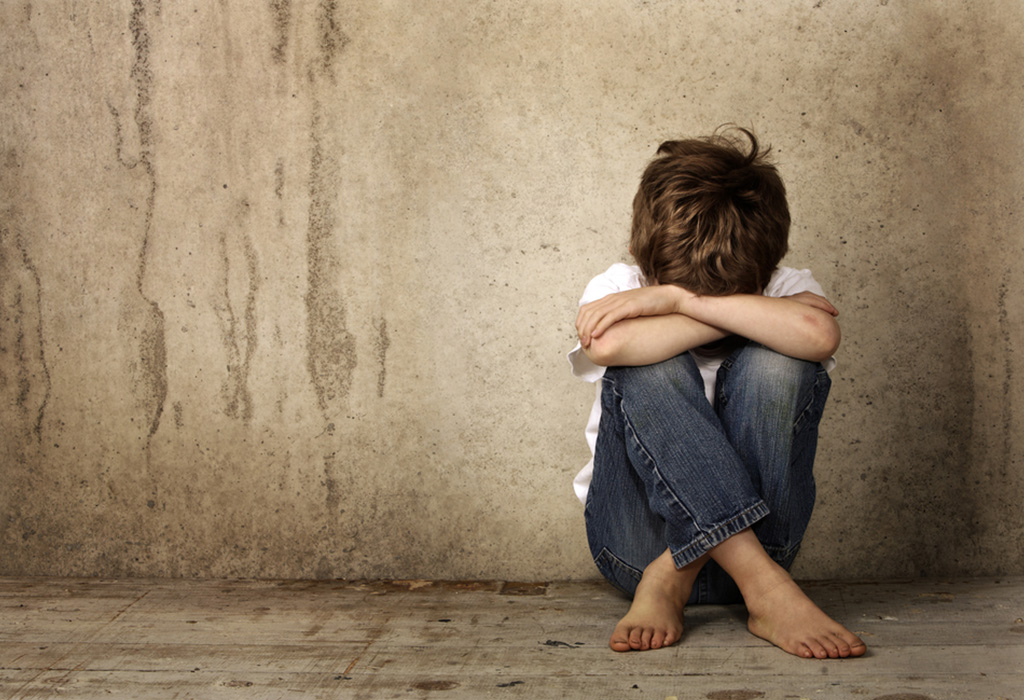
Severity Measure for Depression, Child Age 11-17
The Severity Measure for Depression—Child Age 11–17 (adapted from PHQ-9 modified for Adolescents [PHQ-A]) is a 9item measure that assesses the severity of depressive disorders and episodes (or Clinicianly significant symptoms of depressive disorders and episodes) in children ages 11–17 during the last 7 days.

Severity Measure for Separation Anxiety Disorder—Child Age 11-17
The Severity Measure for Separation Anxiety Disorder—Child Age 11–17 is a 10-item measure that assesses the severity of symptoms of separation anxiety disorder in children and adolescents during the last 7 days.

Severity Measure for Specific Phobia—Child Age 11-17
The Severity Measure for Specific Phobia—Child Age 11–17 is a 10-item measure that assesses the severity of specific phobia in children and adolescents during the last 7 days.

Severity Measure for Social Anxiety Disorder (Social Phobia)—Child Age Child Age 11-17
The Severity Measure for Social Anxiety Disorder (Social Phobia)—Child Age 11–17 is a 10-item measure that assesses the severity of symptoms of social anxiety (social phobia) in children and adolescents during the last 7 days.
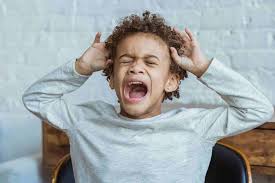
Severity Measure for Panic Disorder—Child Age 11-17
The Severity Measure for Panic Disorder—Child Age 11–17 is a 10-item measure that assesses the severity of symptoms of panic disorder in children and adolescents during the last 7 days.

Severity Measure for Agoraphobia—Child Age 11-17
The Severity Measure for Agoraphobia—Child Age 11–17 is a 10-item measure that assesses the severity of symptoms of agoraphobia in children and adolescents during the last 7 days.
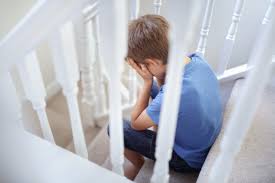
Severity Measure for Generalized Anxiety Disorder—Child Age 11-17
The Severity Measure for Generalized Anxiety Disorder—Child Age 11–17 is a 10-item measure that assesses the severity of generalized anxiety disorder in children and adolescents during the last 7 days.
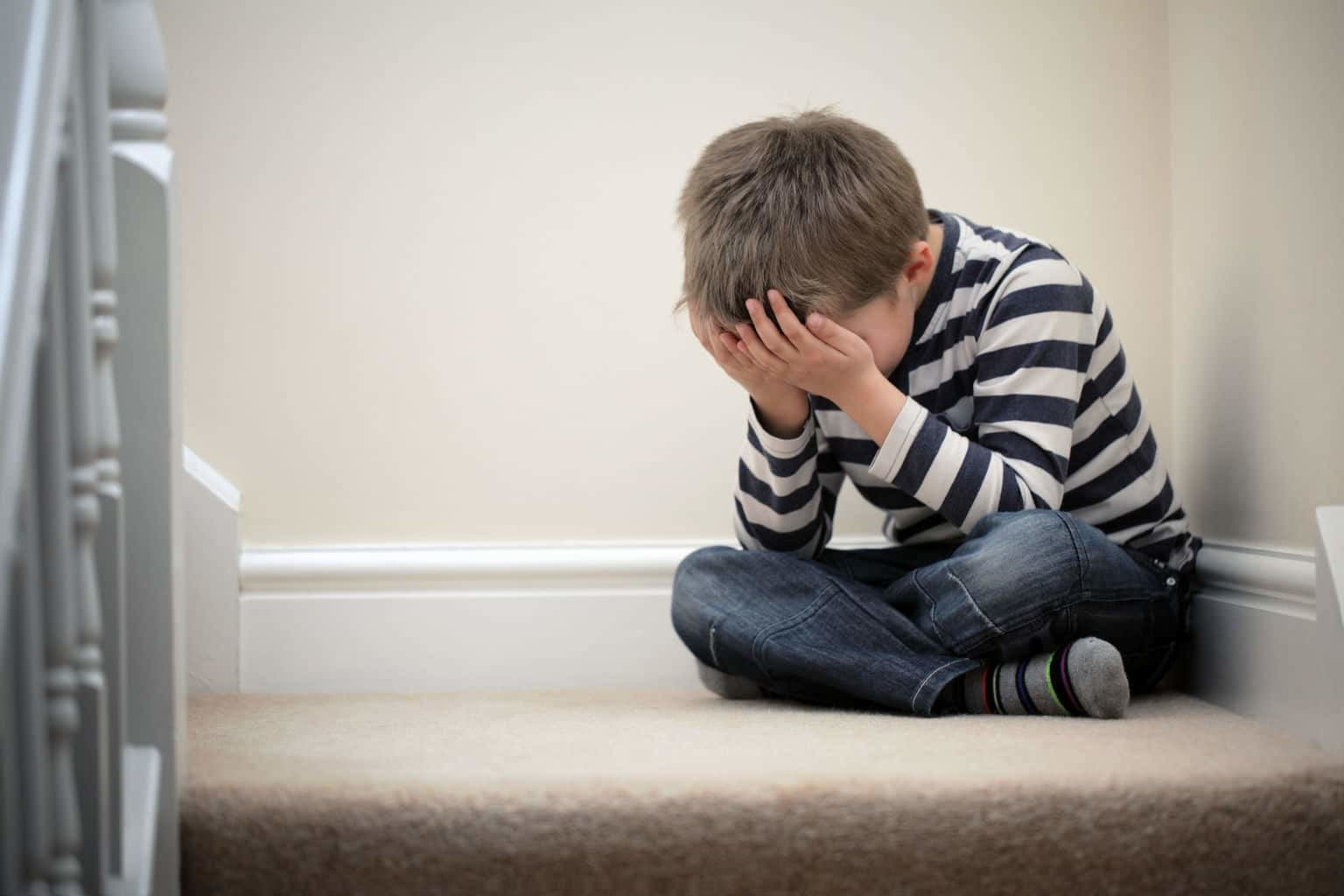
Severity of Posttraumatic Stress Symptoms—Child Age 11-17
The National Stressful Events Survey PTSD Short Scale (NSESSS) is a 9-item measure that assesses the severity of posttraumatic stress disorder in children ages 11–17 following an extremely stressful event or experience during the last 7 days.

Severity of Acute Stress Symptoms—Child Age 11-17
The National Stressful Events Survey Acute Stress Disorder Short Scale (NSESSS) is a 7-item measure that assesses the severity symptoms of acute stress disorder in children ages 11–17 following an extremely stressful event or experience during the last 7 days.

Severity of Dissociative Symptoms—Child Age 11-17
The Brief Dissociative Experiences Scale (DES-B)—Modified is an 8-item measure that assesses the severity of dissociative experiences in children ages 11–17 during the last 7 days.

Clinician-Rated Severity of Autism Spectrum and Social Communication Disorders
The Clinician-Rated Severity of Autism Spectrum and Social Communication Disorders is a 2-item measure that assesses the level of interference in functioning and support required as a result of difficulties in 1) SOCIAL COMMUNICATION and 2) RESTRICTED INTERESTS and REPETITIVE BEHAVIORS that are present for the individual receiving care. The measure may help with treatment planning and prognostic decision-making

Clinician-Rated Dimensions of Psychosis Symptom Severity
The Clinician-Rated Dimensions of Psychosis Symptom Severity is an 8-item measure that assesses the severity of mental health symptoms that are important across psychotic disorders, including delusions, hallucinations, disorganized speech, abnormal psychomotor behavior, negative symptoms (i.e., restricted emotional expression or avolition), impaired cognition, depression, and mania. The severity of these symptoms can predict important aspects of the illness, such as the degree of cognitive and/or neurobiological deficits.

Clinician-Rated Severity of Somatic Symptom Disorder
The Clinician-Rated Severity of Somatic Symptom Disorder is a 3-item measure that assesses the severity of the individual's misattributions, excessive concerns, and/or preoccupations with the somatic symptom(s). The measure is intended to capture meaningful variation in the severity of symptoms, which may help with treatment planning and prognostic decision-making.
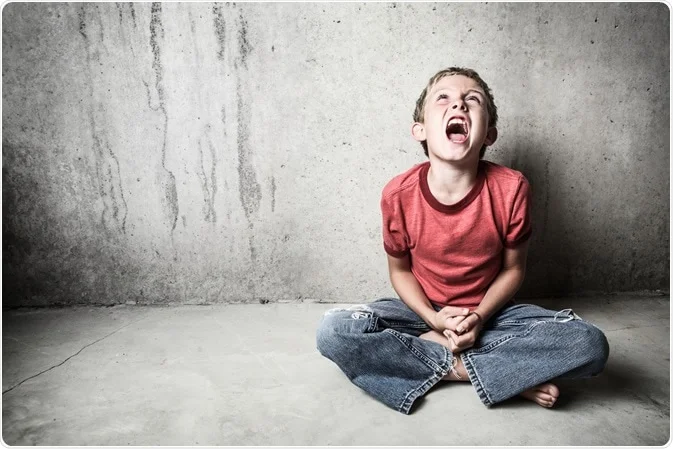
Clinician-Rated Severity of Oppositional Defiant Disorder
The Clinician-Rated Severity of Oppositional Defiant Disorder assesses the severity of the OPPOSITIONAL DEFIANT symptoms for the individual based on their pervasiveness across settings. The measure is intended to capture meaningful variation in the severity of symptoms, which may help with treatment planning and prognostic decisionmaking

Clinician-Rated Severity of Conduct Disorder
The Clinician-Rated Severity of Conduct Disorder assesses the severity of the CONDUCT problems that are present for the individual based on the number of problems and their harm to others. The measure is intended to capture meaningful variation in the severity of symptoms, which may help with treatment planning and prognostic decision-making

Clinician-Rated Severity of Nonsuicidal Self-Injury
The Clinician-Rated Severity of Nonsuicidal Self-Injury assesses the level or severity of nonsuicidal self-injurious behaviors or problems that are present for this individual in the past year. The measure is intended to capture meaningful variation in the severity of symptoms, which may help with treatment planning and prognostic decision-making
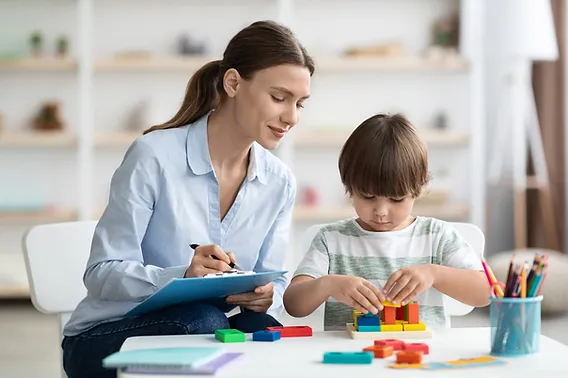
World Health Organization Disability Assessment Schedule 2.0, Self-administered
The adult self-administered version of the World Health Organization Disability Assessment Schedule 2.0 (WHODAS 2.0) is a 36-item measure that assesses disability in adults age 18 years and older.

World Health Organization Disability Assessment Schedule 2.0, Proxy-administered
The proxy-administered version of the World Health Organization Disability Assessment Schedule 2.0 (WHODAS 2.0) is a 36-item measure that assesses disability in adults age 18 and older

The Personality Inventory for DSM-5—Brief Form (PID-5-BF)—Adult
This Personality Inventory for DSM-5—Brief Form (PID-5-BF)—Adult is a 25-item self-rated personality trait assessment scale for adults age 18 and older.

The Personality Inventory for DSM-5 (PID-5)—Adult
This Personality Inventory for DSM-5 (PID-5)—Adult is a 220 item self-rated personality trait assessment scale for adults age 18 and older.

The Personality Inventory for DSM-5—Informant Form (PID-5-IRF)—Adult
The Personality Inventory for DSM-5—Informant Form (PID-5-IRF)—Adult is a 218-item informant-rated personality trait assessment scale for adults age 18 and older.
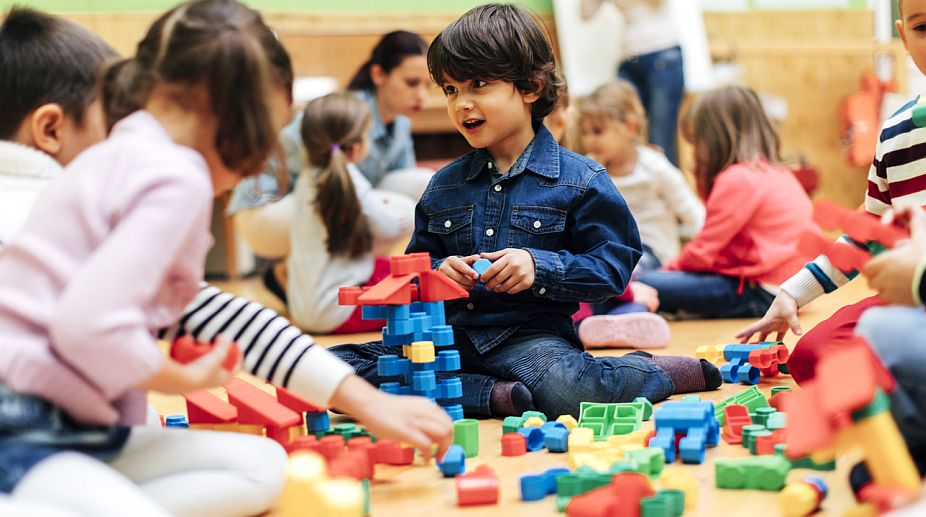
The Personality Inventory for DSM-5—Brief Form (PID-5-BF)-Child of Ages 11-17
This Personality Inventory for DSM-5—Brief Form (PID-5-BF)—Child Age 11–17 is a 25-item self-rated personality trait assessment scale for children ages 11–17.

The Personality Inventory for DSM-5 (PID-5)-Child of Ages 11-17
This Personality Inventory for DSM-5 (PID-5)—Child Age 11–17 is a 220 item self-rated personality trait assessment scale for children ages 11 to 17.

Early Development and Home Background (EDHB) Form—Parent/Guardian-Child of Ages 6-17
This assessment is about the early development and early and current home experiences of your child. Some questions require that you think as far back as to the birth of your child. Your response to these questions will help your child’s clinician better understand and care for your child. Answer each question to the best of your knowledge or memory.

Early Development and Home Background (EDHB) Form—Clinician
The Early Development and Home Background (EDHB) form is used for the assessment of the early development and past and current home background experiences of the child receiving care.
What Our Client's Saying About Us
Our clients share their thoughts and experiences about the exceptional services we provide. Here’s what they have to say!
160+ reviews
Who We Are
Dr Manpreet Kaur (#TalkToMissMp) is a top-rated Child Psychologist in India International DEI Consultant Chairperson- Adolescent Girls Committee, Div 35 APA & Guest Faculty.
Her specialisation and research interests include Soft skills development in children, Counseling and therapy for Intellectual and Developmental Disabilities like ADHD, Autism, and Learning Disabilities, Raising awareness through Media and Advocacy, building a knowledge base of Child Psychology using interdisciplinary approaches, providing Psychological First-Aid and helping create unique & personalised Mental Health Toolkits for her clients. For more details like her approaches to treatment & intervention, and associations please visit her LinkedIn profile


Why Us
At #TalkToMissMP, led by Dr. Manpreet Kaur, a top-rated Child Psychologist and International DEI Consultant, we offer personalized, evidence-based care for children with intellectual and developmental disabilities like ADHD, Autism, and Learning Disabilities. Dr. Kaur’s interdisciplinary approach focuses on building essential soft skills, providing Psychological First-Aid, and creating tailored Mental Health Toolkits. With her global expertise and dedication to advocacy, we are committed to delivering compassionate, research-driven care that helps children thrive.





